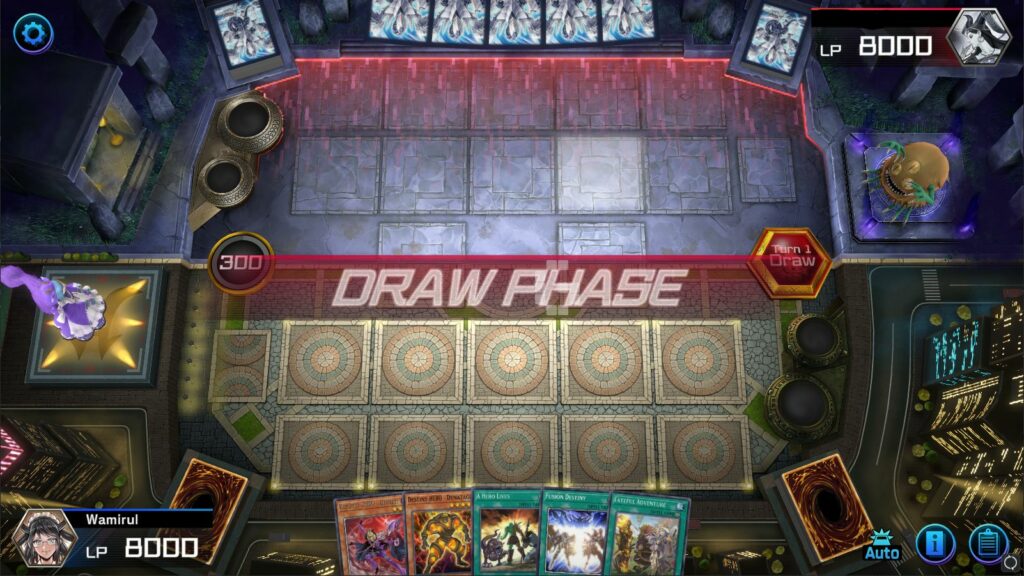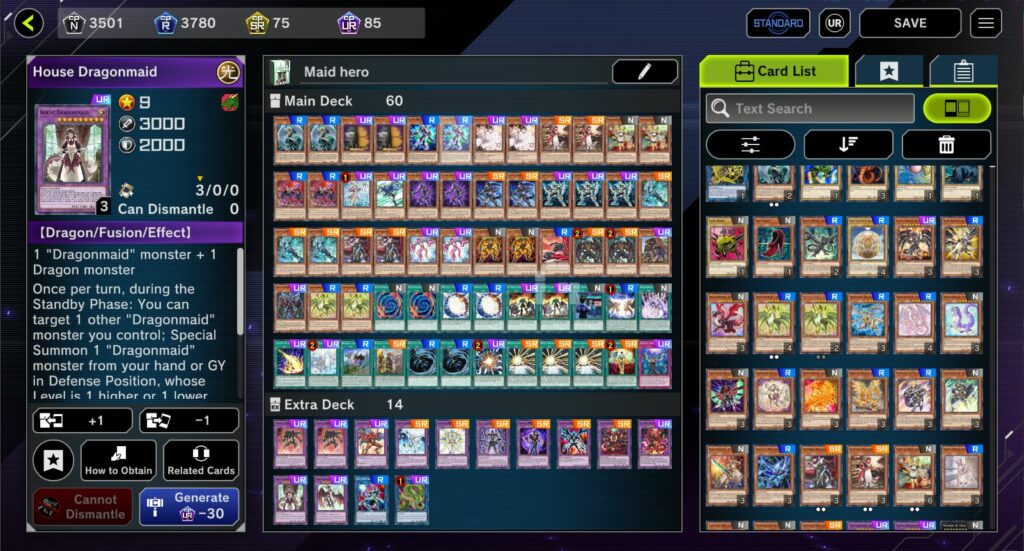Note: The article on ‘How YuGiOh Master Duel Gets Free To Play Philosophy’ was available earlier through the Gamerbraves Newsletter. Sign up for free to gain access to more articles about news and trends in the gaming industry and community.
The world of free to play games is a bit of a contentious subject. Developers will waive the sale of games in a sort of social deal- some players will foot the bill for future content based on how good the game is at convincing them they’re worth that money. This dynamic gets awfully contentious when it comes to PvP- after all, why not just lock the best tools behind a paywall?
This spawns another discussion altogether: What is the role of the paying player in your title? Overwatch originally said they’d never charge for new heroes, until the sequel came and locked them behind a battle pass. Similarly, gacha games like Genshin Impact are technically all possible to play optimally free of charge- if you’ve somehow got a monopoly on the world’s luck, that is.
Celebrating its first anniversary, I think it’s a good time to bring up YuGiOh Master Duel and how it balances being free to play friendly while making money. It’s a mobile-friendly adaptation of one of the most iconic card games of all time, bringing walls of text and mixing them with some of the raddest designs you’ll see. While far from perfect I think it’s design is actually very telling of how it sees and handles the F2P-vs-Spending player relationship.
Monetizing Options
Now, spending in Master Duel is a bit of a messy subject. On one hand, it’s got things gacha players would roll over in their cardboard homes over- all cards are always craftable, meaning that if you pulled in one Set but didn’t get the UR you wanted, you can dust (convert) your spares and use it to craft one you might actually need. It’s completely counter to the FOMO engine that most games run on, and a surprisingly pro-consumer step even if the conversion rate is 3:1 on unused URs to the UR you want.

On the other, plenty of non-card features will require gems. Deck slots are limited, with additional slots costing 250 gems each. Cosmetics like Field decorations will also cost gems, as will the game’s Battle Pass. There’s also the issue of transparency- most cards are locked behind time-limited “secret packs”, meaning if you wanted to gacha for them you’d need to have crafted a card from that set to open it up (For example, I’d need to craft a HERO card to temporarily unlock the HERO secret pack).
Many competitive players do complain about this system- having a healthy rotation of decks means you’re constantly pulling in newly released packs, and the decks have a hard limit of space so that means eventually you will have to start scrapping them. But they don’t take into account an important counter-balance to these people: the casual players.
Meet The Casual Player
It’s long been the conventional wisdom that in any free to play game, its majority will always be non-paying players and the same is true of Yu Gi Oh Master Duel. It’s just how things work- you’re not going to spend money on a paid game unless spending it is going to get you certain results. These players are also widely under-reported- a majority of them will be casual players, which means they’re not going to be stomping around Facebook groups and reddit threads about the state of the game.

I like to think I’m a good barometer of the upper end of a casual player. I play enough to think about the game critically, but thanks to this job I’m just not going to have the time to be a top percentile power user. Any games I play without the expectation of coverage at the end of a session are games I play for fun.
I’m happy to report that as a casual player, my spending is akin to the number of dates I’ve gone on this year- zero. I don’t feel the pressing need to log in and do dailies, and outside of a perverse in-joke where I constantly play YuGiOh whenever I’m at an airport, I basically only log in when I feel the urge- on average closer to once a month than daily.
I also don’t really go all that far in terms of deck variety- I have one main deck that I’m constantly tweaking, as well as a handful of fun side decks like when I thought it’d be fun to torture the playerbase with Floowandereeze. Decks I do run are also sub optimal, since I drop a lot of UR staples in favor of having more cool monsters. Competitively, I’m as viable as a stock car that’s already on fire and with a loose tyre- if I win at all, it’ll probably be out of sheer luck or some of the most glorious feats of underhanded play known to man.
Make Free To Play Fun
That’s kind of my point here- these are the inner workings of a free to play-er in YuGiOh Master Duel. We don’t like being prodded and pressured into spending. My irregular playstyle means getting demoted constantly- which means more gems to earn when I do play and climb my way back up to gold. I rarely “need” extra gems- my main competitive deck gets the resources it needs and my less competitive side decks are more akin to playing with leftover LEGOs than some alternate tool to break into Diamond.
As alarming as it is to say I don’t think there’s anything wrong with paywalling the upper levels of gameplay. As much as we like to imagine the utopia of a game that’s just as balanced for us freeloaders as it is the whale, the reality is some compromises will have to be made. If the free player experience is still playable with no overt frustration points, I think that’s a game well-made.

Games like Genshin Impact bug me explicitly because the difficulty is directly tied to your ability to spend- if you’re hitting a wall on some bosses that means you need either better gear or upgraded characters, all of which are locked behind more gacha. In this case, if story content was still “easy” but modes like Spiral Abyss were made more demanding, I think I’d actually hop into Genshin more for it. High level gameplay is a club, and what’s a club without membership fees.
While this experience is good for the players, you should also adjust sales expectations accordingly. A year on, Appmagic reports its sales on mobile have decreased drastically compared to launch, but that could also be a result of players moving to PC where you’ve got a bigger screen for not reading card effects. As of presently we’re looking at just over 6 million USD in monthly sales, which still puts it over other card games like Runeterra or Hearthstone, but is a far cry from industry dominants like NIKKE (26 million) or Genshin (115 million) and even losing out to the way more casual friendly Marvel Snap (9 million).
As a player though, being treated like my experience matters is a huge reason to keep coming back. Aggressive upsells kill games, and any game that constantly throws popups at me is one considered for the chopping board. Having active players is a good way to draw in paying players, so it’s very much a win-win for everyone.
Takeaways:
-Rather than treating all players like potential customers, its better to build a good core game for all players, then monetize a certain gameplay experience
-Casual players should not be expected to behave like more hardcore players- serving the needs of both players can lead to better experiences
-Players who want to be competitive will spend to get there
Feature by Wan Amirul Adlan, who can only be Fusion summoned by the effects of ‘Mask Change’ and cannot be Special summoned any other ways.












![[SEA Exclusive] From Shadows to Shipwrecks – Jennifer English Talks About Bringing Emotional Depth to Clair Obscur: Expedition 33](https://cdn.gamerbraves.com/2025/04/Clair-Obscur-Jennifer-English_Interview_FI-360x180.jpg)

![[EXCLUSIVE] Do the Game Interview – An Intimate Look at the Challenges of Game Development](https://cdn.gamerbraves.com/2025/04/Do-the-Game_Interview_FI-1-360x180.jpg)
![[EXCLUSIVE] Interview with the Minds Behind of Den of Wolves – 10 Chambers’ New Sci-Fi Heist FPS](https://cdn.gamerbraves.com/2025/04/Den-of-Wolves_Interview_FI-360x180.jpg)









![[GUIDE] Finding Alma’s Lost Glasses in The Apple of Her Eye Side Quest](https://cdn.gamerbraves.com/2025/04/Alma-Glasses-Quest_Gudie_FI-360x180.jpg)



![[GUIDE] Farming Nightflower Pollen in Monster Hunter Wilds](https://cdn.gamerbraves.com/2025/03/MHWilds-Pollen_Guide_FI-360x180.jpg)